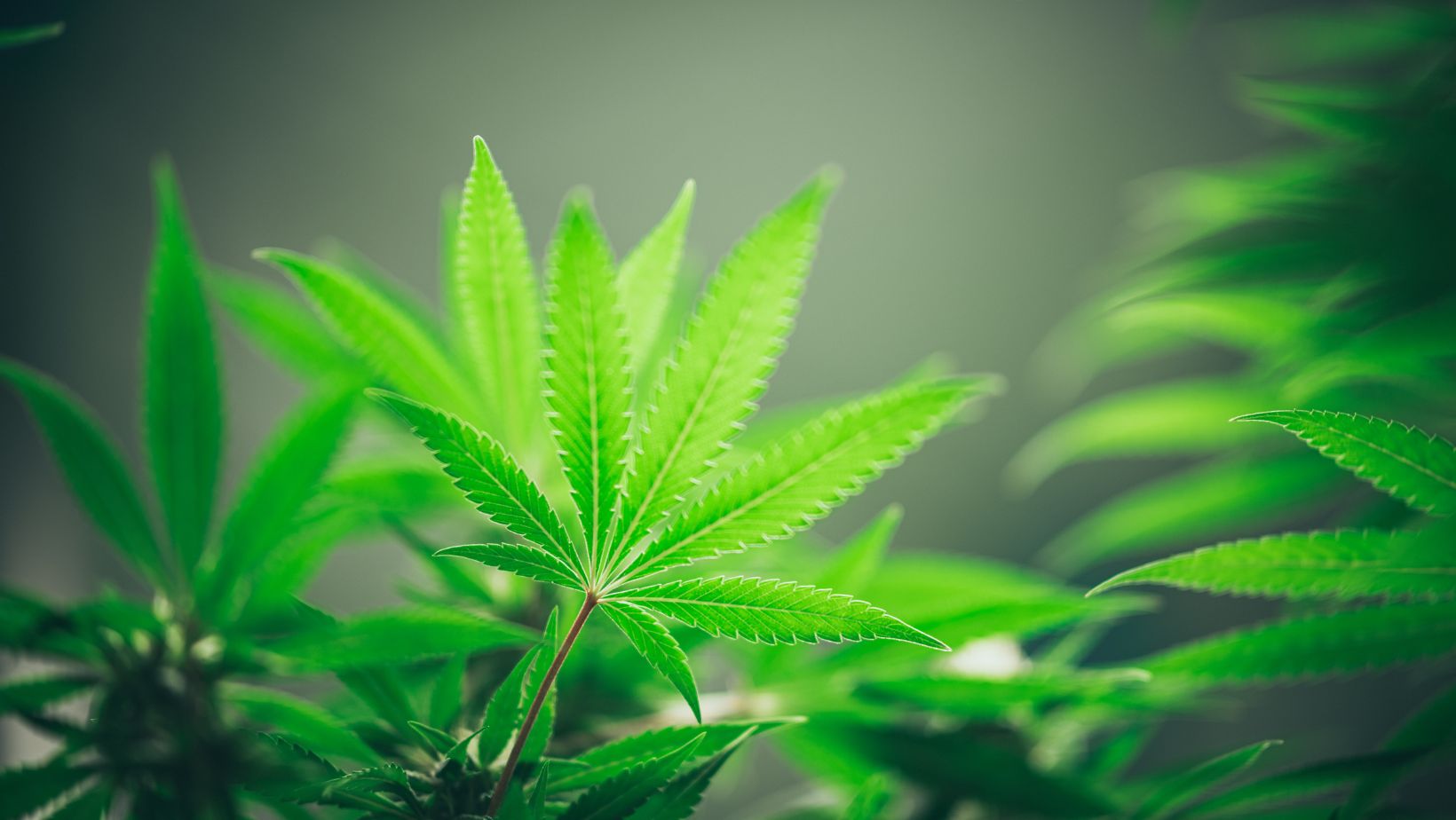Cultivating cannabis is an intricate craft that demands dedication, knowledge, and a passion for the plant. Among the myriad strains available to cultivators, the White Truffle strain stands out for its unique characteristics and delightful aroma.
In this blog, we will explore the growing techniques essential for cultivating the White Truffle strain like a pro, from selecting the right genetics to optimizing environmental conditions and harvesting at the peak of perfection.
Genetic Selection: The Foundation of Success
The journey to cultivating the White Truffle strain like a pro begins with genetic selection. Acquiring high-quality seeds or clones from reputable sources is crucial for laying a strong foundation. Choose genetics known for the White Truffle strain’s distinctive aroma, robust growth, and desirable cannabinoid content. Understanding the genetic makeup is the first step toward a successful cultivation journey.
Climate Considerations: Mimicking Ideal Conditions
Creating an environment that mimics the ideal conditions for the White Truffle strain is essential for optimal growth. This strain typically thrives in a Mediterranean climate characterized by warm temperatures, moderate humidity, and ample sunlight. Indoor cultivators should invest in climate control systems to regulate temperature and humidity levels, while outdoor cultivators should consider regional climate patterns.
Indoor vs. Outdoor Cultivation: Weighing the Options
Cultivators must decide whether to grow the White Truffle strain indoors or outdoors, each option presenting unique challenges and advantages. Indoor cultivation provides greater control over environmental factors, allowing for year-round cultivation. On the other hand, outdoor cultivation harnesses the power of natural sunlight, fostering a more natural growth cycle. The choice depends on factors such as available space, resources, and local regulations.
Soil Composition: Nurturing Healthy Roots
The soil in which the White Truffle strain grows plays a vital role in its overall health and development. Opt for a well-aerated, nutrient-rich soil with a balanced pH to support robust root development.

Consider adding organic amendments to enhance soil fertility and structure. Maintaining healthy soil ensures that the plant receives essential nutrients throughout its lifecycle.
Nutrient Management: Feeding the Foliage
White Truffle strains, like all cannabis plants, have specific nutrient requirements at different stages of growth. During the vegetative phase, the plant benefits from higher nitrogen levels to support foliage development. As the plant transitions to the flowering phase, phosphorus, and potassium become more critical for the development of flowers and trichomes. Careful nutrient management, whether through organic or synthetic means, is key to a successful harvest.
Pruning and Training Techniques: Shaping Growth for Success
Pruning and training techniques are essential for optimizing light penetration, airflow, and overall plant structure. Topping, low-stress training (LST), and defoliation can be employed to control the height, shape, and density of the White Truffle strain. These techniques also promote an even distribution of energy, resulting in a more robust and productive canopy.
Lighting Strategies: Harnessing the Power of Light
Indoor cultivators must carefully consider their lighting setup to ensure the White Truffle strain receives adequate light throughout its lifecycle. High-intensity discharge (HID) lamps, light-emitting diodes (LEDs), and fluorescent lights are popular choices. Understanding the light spectrum and adjusting light cycles during the flowering stage are crucial elements for achieving optimal yields and cannabinoid production.
Watering Practices: Striking the Right Balance
Maintaining an appropriate watering regimen is essential for cultivating the White Truffle strain. Overwatering can lead to root issues and nutrient deficiencies while underwatering can stress the plant and hinder growth.

Finding the right balance and allowing the soil to dry slightly between watering promotes healthy root development and overall vigor.
Pest and Disease Management: Vigilance is Key
Preventing and managing pests and diseases is a critical aspect of successful cultivation. Regularly inspect plants for signs of pests or abnormalities and implement integrated pest management (IPM) strategies. Neem oil, beneficial insects, and organic insecticides are effective tools for maintaining a pest-free environment without compromising the plant’s health.
Harvest Timing: Patience Rewarded
Harvesting the White Truffle strain at the right time is the culmination of the cultivation journey. Observing trichome development is a reliable indicator of when to harvest. As trichomes transition from clear to cloudy and, eventually, amber, the plant reaches its peak potency. Harvesting at this precise moment ensures a well-rounded cannabinoid and terpene profile, delivering the full spectrum of the White Truffle strain’s unique attributes.
Final Words
Cultivating the White Truffle strain like a pro requires a combination of expertise, attention to detail, and a deep understanding of the plant’s needs. From selecting the right genetics to managing environmental conditions, nutrient levels, and pest control, each aspect contributes to the overall success of the cultivation process.
As cultivators embark on the journey of cultivating the White Truffle strain, they become artisans shaping the destiny of each plant. With a commitment to best practices, continuous learning, and a passion for the craft, cultivators can unlock the full potential of the White Truffle strain, enjoying the satisfaction of a successful harvest and the delightful aroma that makes this strain truly unique.


